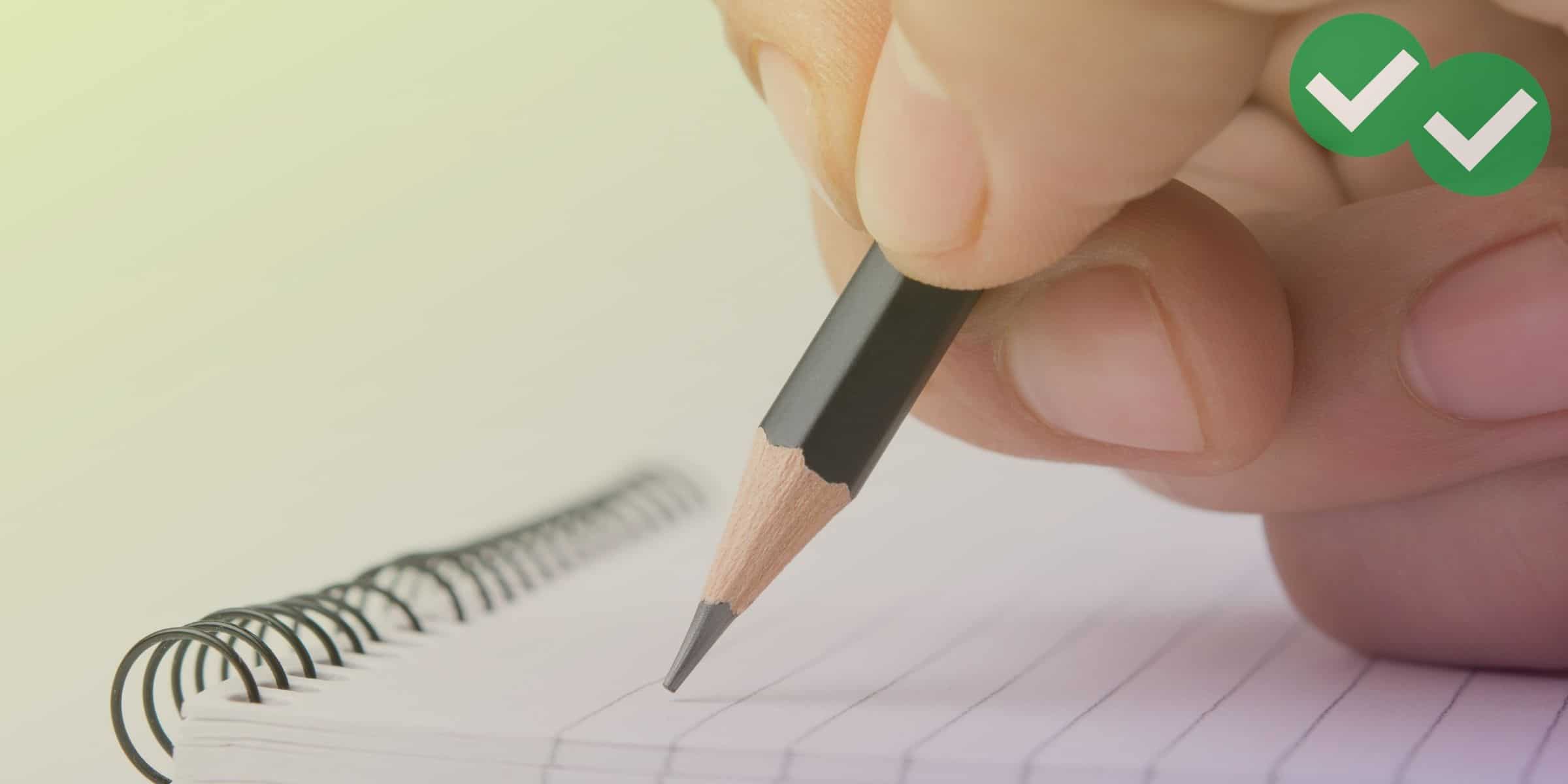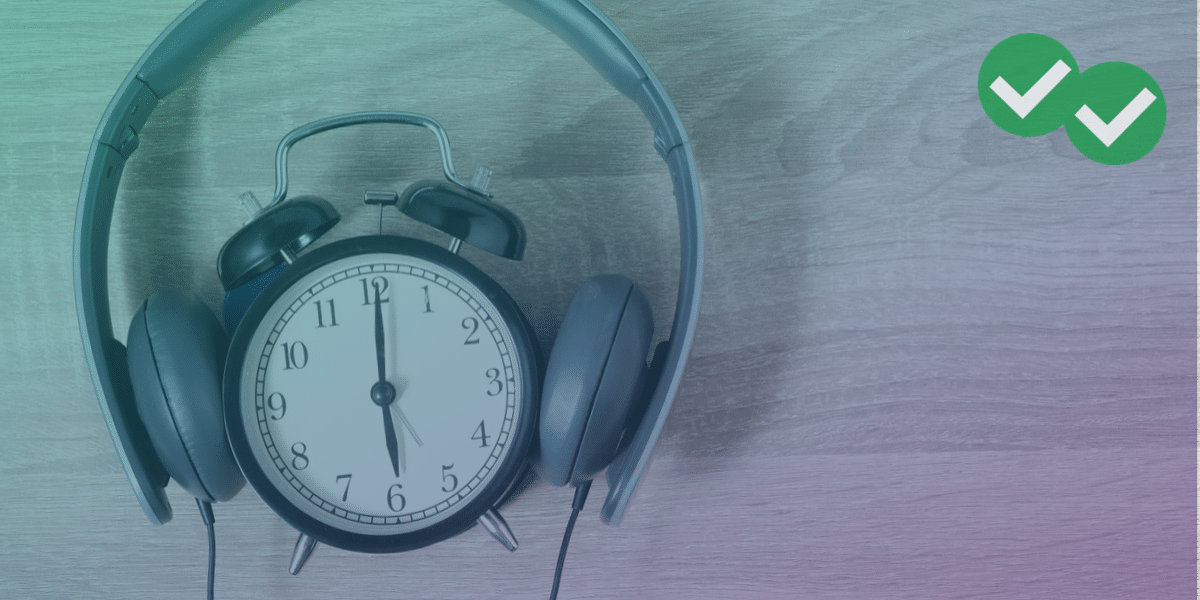
There’s at least one way in which the TOEFL listening section is actually harder than understanding a college lecture: you can’t stop the recording or ask the professor for clarification. So you have to be really good at deciding what information is important and what’s not.
Unfortunately, on the TOEFL you won’t have the luxury of scanning the questions before the recording begins. So the next best thing is to be aware of the kinds of questions that can be asked. You can perfect this skill without adding too much time to your study schedule. As you listen to practice excerpts, predict what questions you will be asked. Then check your predictions against the questions given. If you can make guessing and checking like this a habit, it will be easy for you to single out the most important information on test day.
Be aware of the difference in the questions that will be asked for lectures and for conversations. For instance, general content questions are relatively rare in conversation excerpts, whereas attitude questions are more common in conversations than in lectures.
When learning to listen for specific information, I recommend a three-step approach that combines listening and note-taking (since that’s what you’ll have to do on the test anyway). Vocabulary is pretty straightforward, so let’s start with that. Listen to a recording once and just write down any keywords or phrases that are emphasized or defined, even if the words seem fairly technical or you already know them. If you’re writing more than 3 vocabulary words per recording, you’re probably overdoing it; remember that this is only about key words. Then listen again, but focus on main ideas, using your note-taking to help you focus on the big picture. Then, listen once more and fill in your notes between the main ideas with words that will help you remember details from the excerpt.
If you did all of the above and understood enough of the language used, you should be able to answer most of the TOEFL questions you get. But there’s still one crucial aspect missing from your outline. Now that you can outline the content of a lecture or conversation with ease, start annotating your outline by adding comments on the speaker’s opinions and attitudes as you go. This may be as simple as noting that one of the characters in a conversation says “That’s ridiculous” in reaction to something the other character said, or it may require you to notice the tone with which a lecturer makes a point. This will help you to answer attitude-related questions.
Now, of course, you won’t have the opportunity to listen to a TOEFL lecture or conversation three to four times: you’ll only get one chance. So how does this help for the real test? By practicing your notes with multiple rounds of listenings, each time with a different mindset, you have the chance to better learn what kind of mindset gets you to the answers. When you’re only listening for main ideas, is that enough? Or do you need to note down the details, too? What level of note-taking works best for you?






Leave a Reply